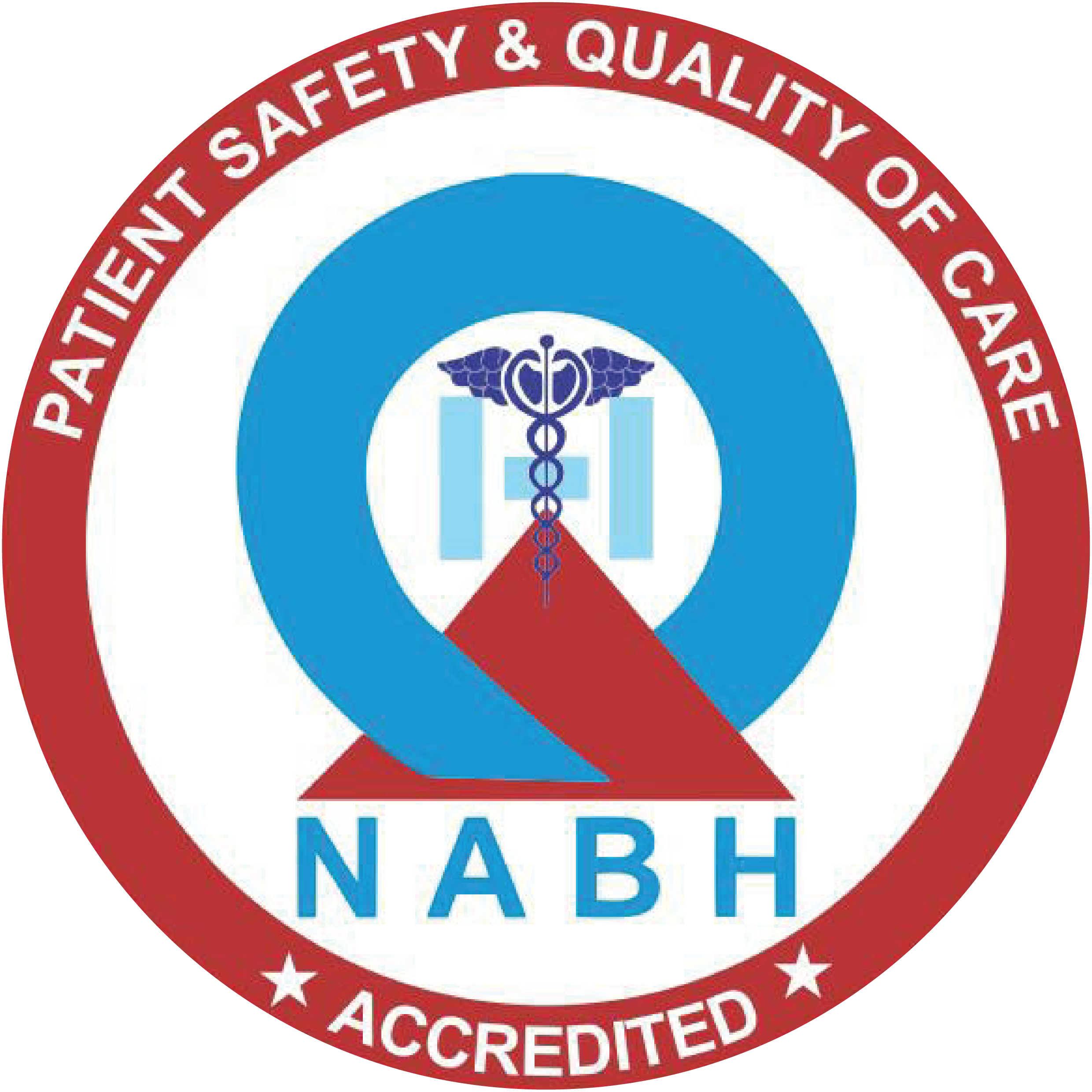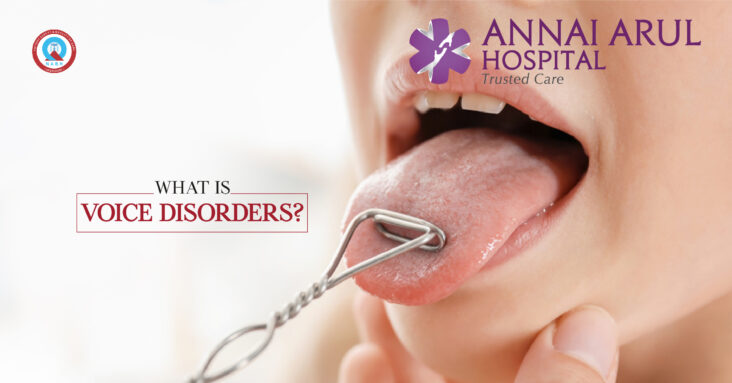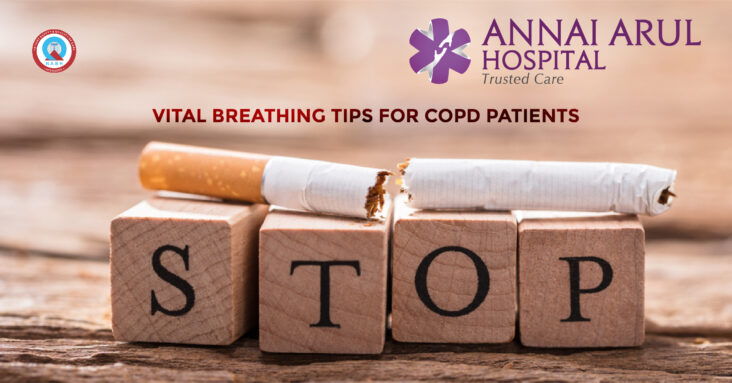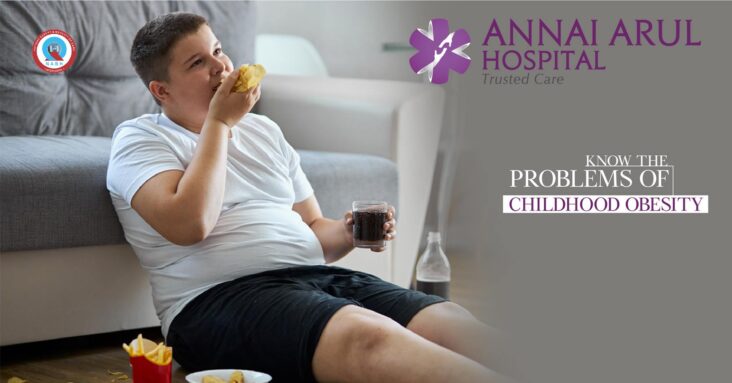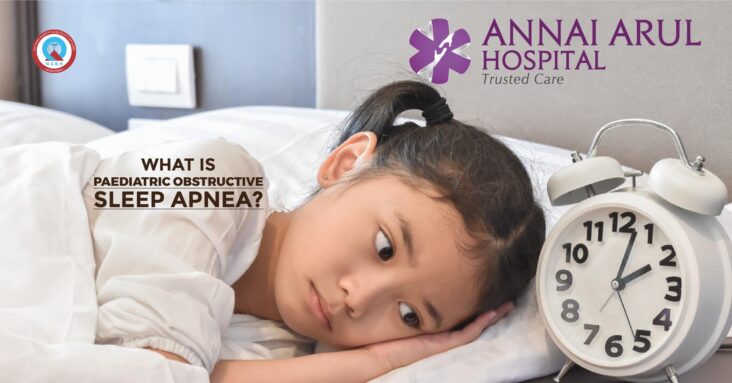Many people have problems with their voice due to many reasons. Usually, ENT doctors and speech-language pathologists are specialists who handle various voice disorders.
The voice disorders depending on the causes are treated effectively with medications, voice therapy and finally surgery if needed.
What is a voice box?
Voicebox (larynx) in humans consit of cartilage, muscle and mucous membranes. It is located at the top of the windpipe (trachea) and at the base of the tongue.
Sound is generated when the vocal cords vibrate. The vibration is produced when air moves through the larynx, bringing the vocal cords closer together. The vocal cords also close the voice box when you swallow, preventing food or liquid entering the windpipe.
What causes voice disorder?
Due to infection or various other reasons, sometimes the vocal cords get inflamed, develop some growths or become paralyzed and don’t work properly. This is known as a voice disorder.
What are the common voice disorders?
There are many types of voice disorders based on the location and the cause of the disorder.
Laryngitis or inflammation of the vocal cords due to overuse, irritation or infection, neurological voice disorders, polyps, nodules or cysts in the vocal cords, precancerous and cancerous lesions and vocal cord paralysis are the different kinds of voice disorders.
What are the risk factors for voice disorders?
Voice disorder may be caused due to physical condition, one’s habits and environmental conditions. The risk factors thus include age, alcohol use, allergies, gastrointestinal reflux, upper respiratory infection, neurological disorders, stress, trauma of the front of the neck, continuous screaming, smoking, throat cancer, dehydration, throid problems and voice misuse of any other kind.
How is voice disorder diagnosed?
Once you consult your doctor with your voice problem, you will be first subjected to a detailed examination, including questions about your condition. The doctor will either use a mirror inserted in the mouth or a flexible laryngoscope, which is inserted through your nose to examine the condition of your throat. The latest equipment is a video stroboscope with a camera and light attached to it to study your throat.
Additionally the doctor may further subject you to a sound (acoustic) analysis using a computer to measure the irregularities of sound. An advanced method like laryngeal elllectromyography will be taken if available to study the electric currents in your voice box muscles.
After obtaining the resulttts of your tests, your doctor will finally conclude whether you have a voice disorder and what is the next step in treatment.
What are the treatments for voice disorders?
Depending on the diagnosis of your voice disorder, the doctor my advise various treatments, including rest for your vocal cords, intake of fluids and a speech therapist training you to use your voice effectively. If an allergy is a cause for your voice problem, then appropriate allergy treatment will be recommended.
If you smoke, your doctor will ask you to stop the habit. The doctor will also prescribe medicines to treat causes like inflammation, gastroesophageal reflux and to halt any growth in the voice box.

